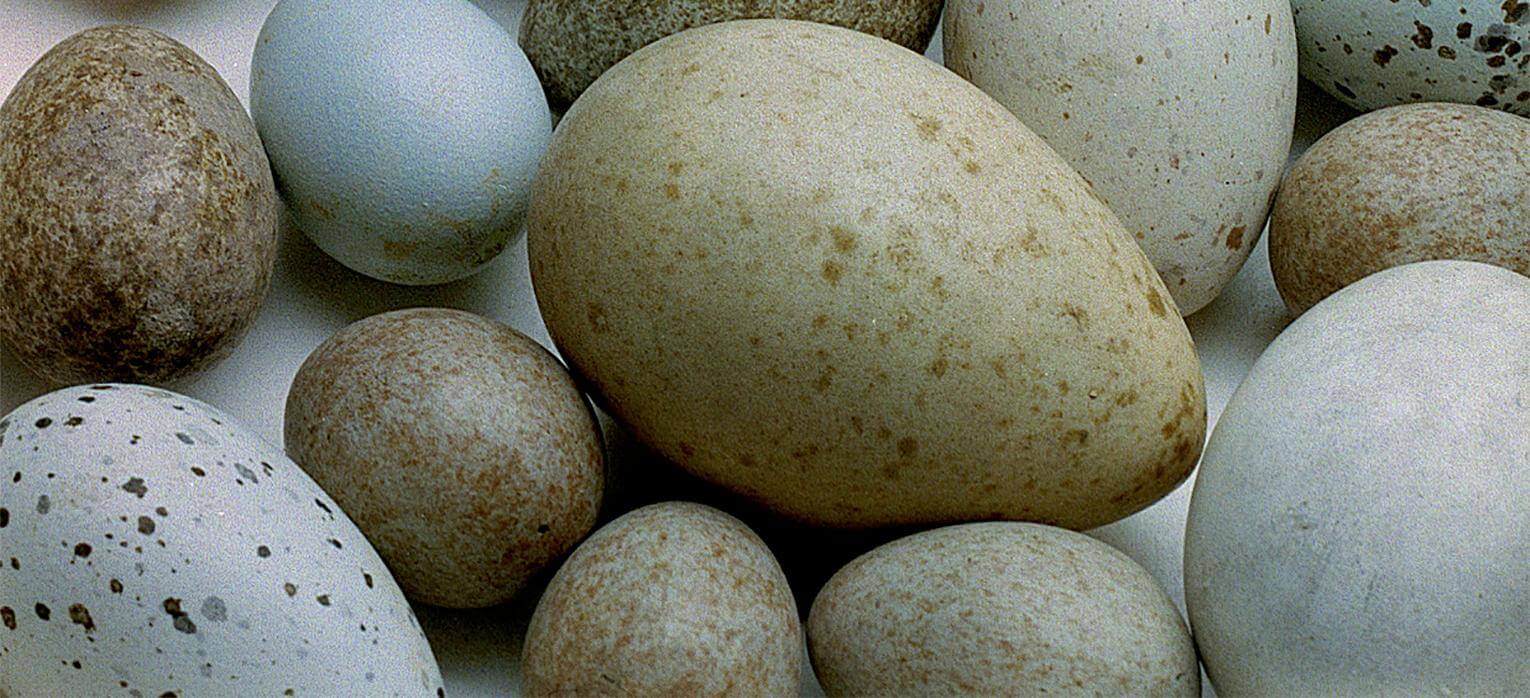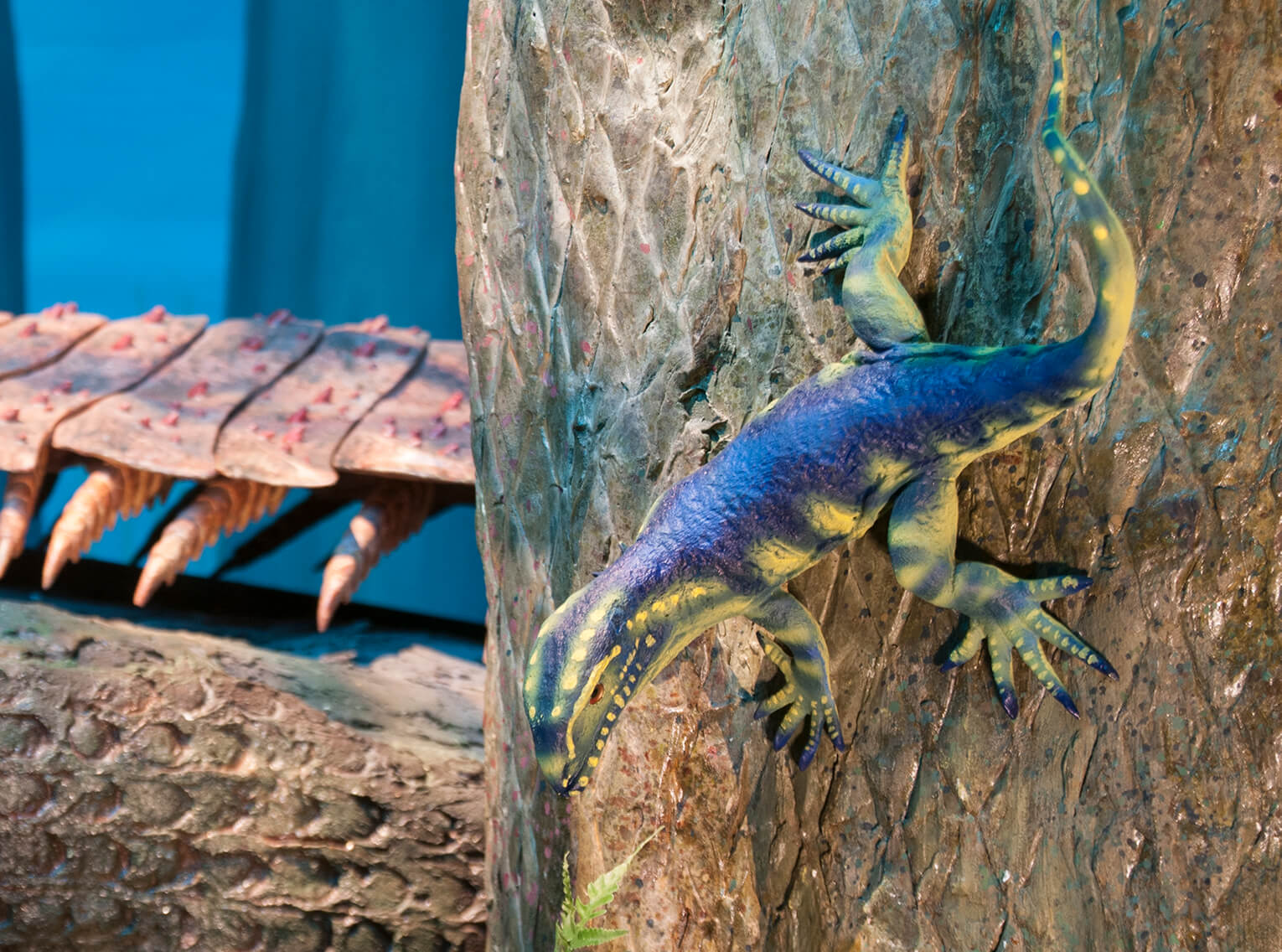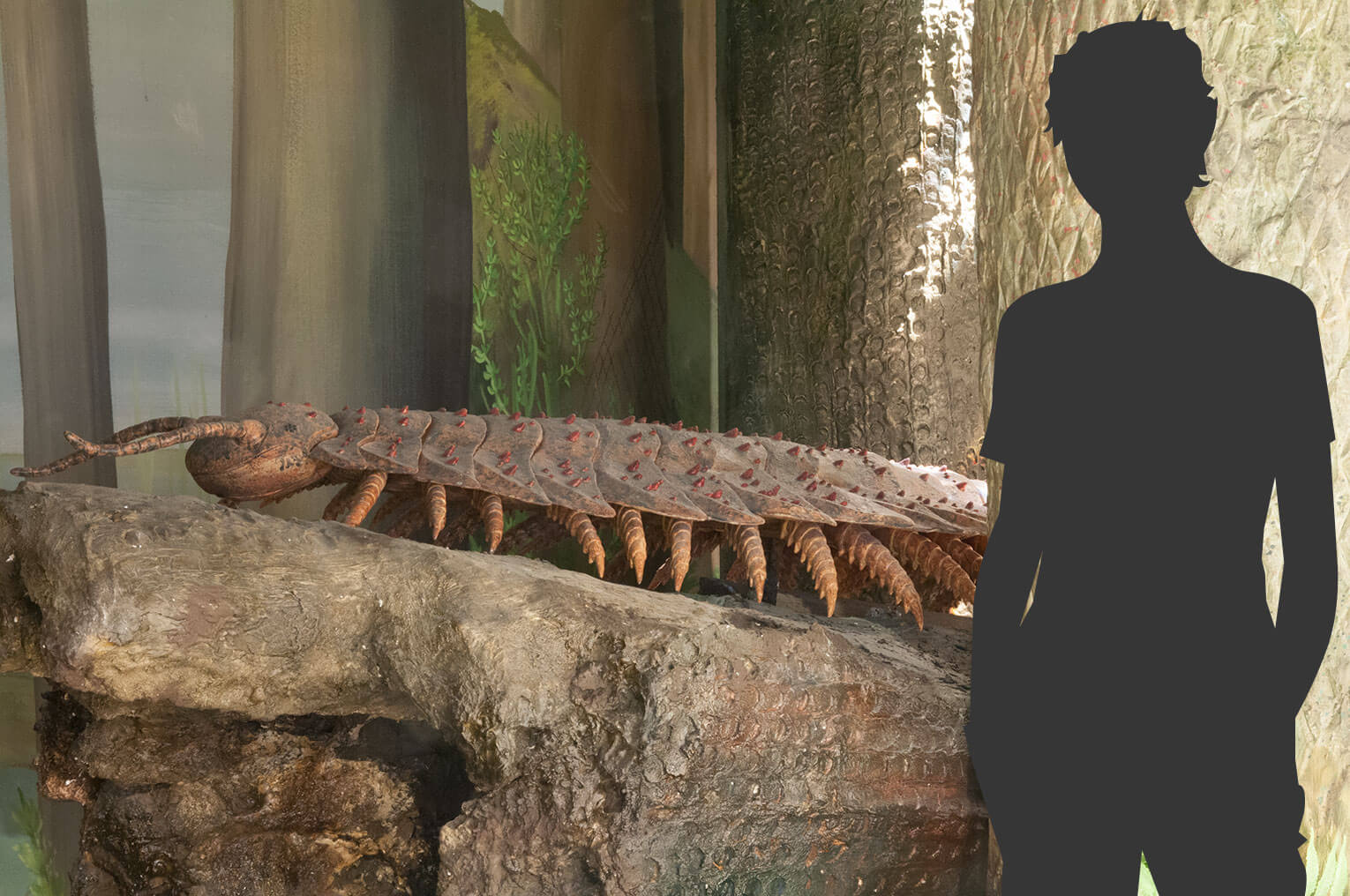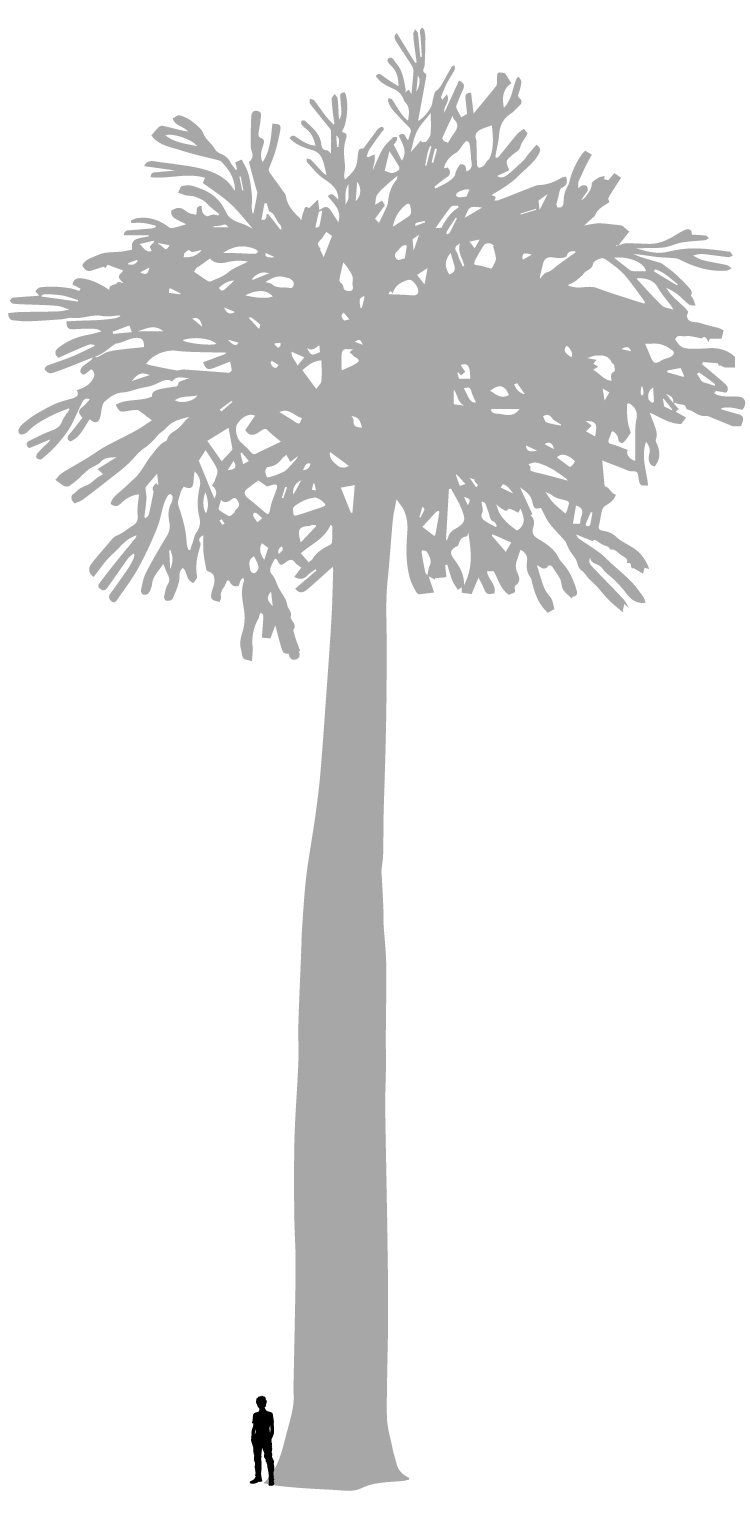Giant steps
It was during the Carboniferous that the first flying animals appeared. They were insects, and some of them were very large. Another important development was the evolution of vertebrate eggs with membranes that protected the embryos. This is by far the most important adaptation to life on land. In order for it to be possible, vertebrates had to first evolve the capacity for internal fertilization.
Another notable evolutionary step was the growth of the first extensive forests with gigantic trees. Also, many invertebrate animals such as scorpions and myriapods (centipedes, etc.) grew to sizes that probably would have terrified humans.
Protective eggs
Egg cells evolved in the first multicellular organisms many hundreds of million years before the Carboniferous. But it was during this period that vertebrates began to lay eggs with strong shells and special membranes that protected the embryos. All vertebrates that produce such eggs are called amniotes.

The egg arrives. Modern egg with hard shell.
Foto: Anders Rising
With the membrane, the contents of the egg could retain its moisture in the driest of land environments. This may have been the most gigantic step of all in the evolution of vertebrates.
The first egg-layers
The first known vertebrates to lay eggs with shells were the small, lizard-like Hylonomus and Paleothyris. They appeared in the middle of the Carboniferous, were only 20 centimetres long, and fed primarily on insects and worms.

Model av Hylonomus, one of the first known, egglaying vertebrates.
Photo: Annica Roos
Life in the air
The first animals that could fly were insects. There are fossils of wings and complete winged insects from the start of the Carboniferous. One of the first known flying insects was the giant dragonfly that you can see before you.
Wings made it possible for insects to exploit habitats in the treetops of the great Carboniferous forests.
The very first insects arose during the Silurian, which means that it took over 50 million years for them to evolve the ability to fly.
Giants
The first great forests grew during the Carboniferous. They consisted of various ferns, club mosses, horsetails and seed plants. Some species could grow up to 40 metres high.
Fossils of the earliest coniferous trees and gingko plants from this period have been found.
Gigantic arthropods – insects, crustaceans, etc. – also lived in the Carboniferous forest. Never before or since have they been as big. Many species grew up to ten times larger than their modern relatives.
The very largest was a myriapod that could be over two metres long. The giant dragonflies of this time were the biggest flying insects in history. They could have wingspans of up to 80 centimetres.

Carbonian myriapod, two metres long!
Image: Annica Rooss


